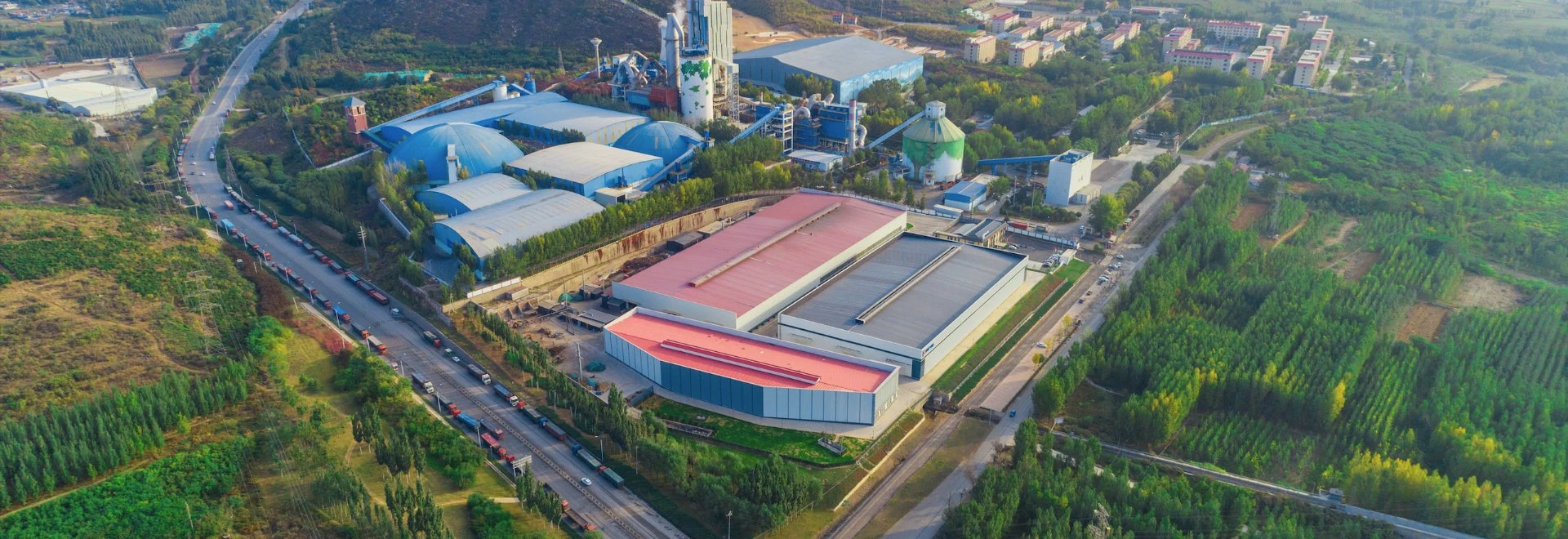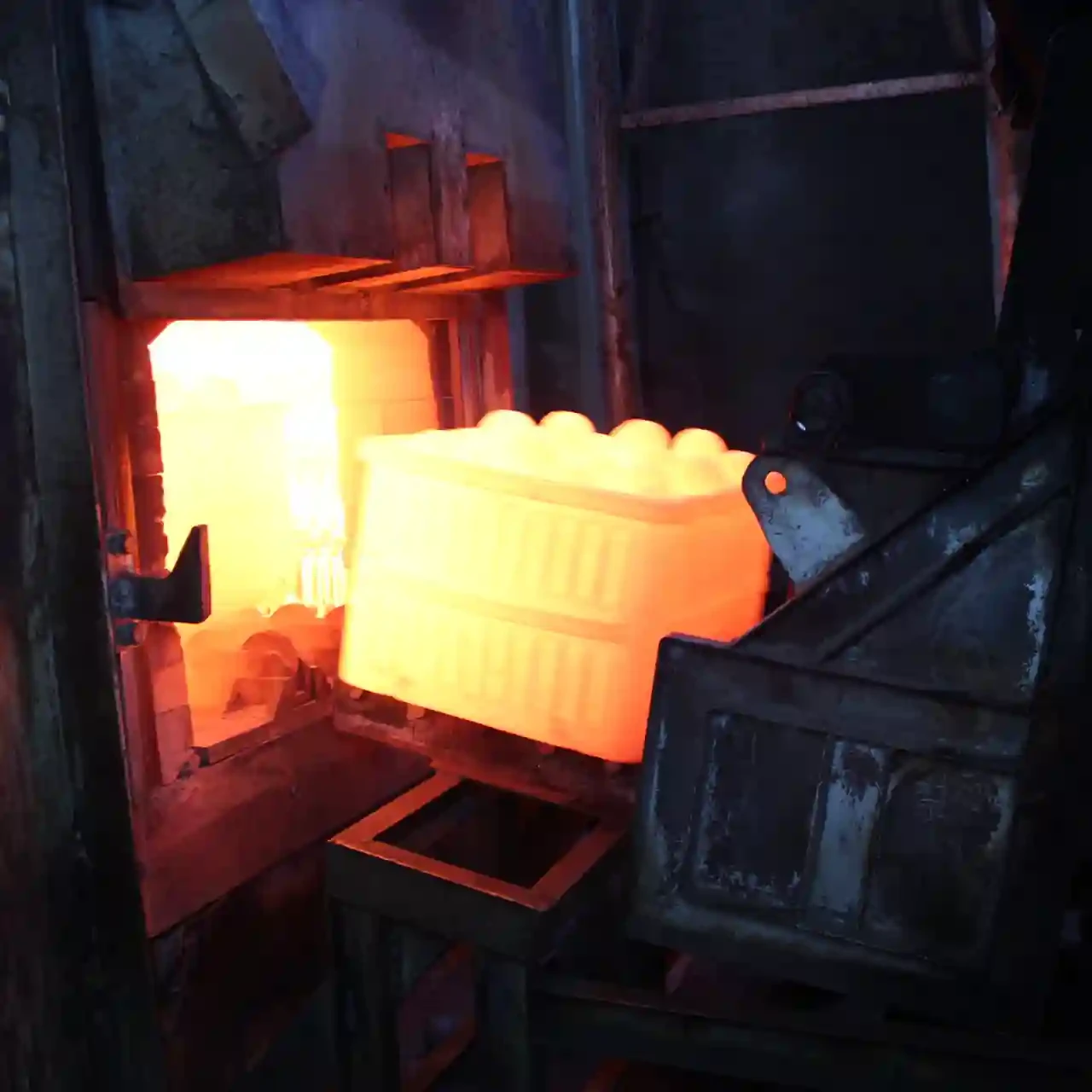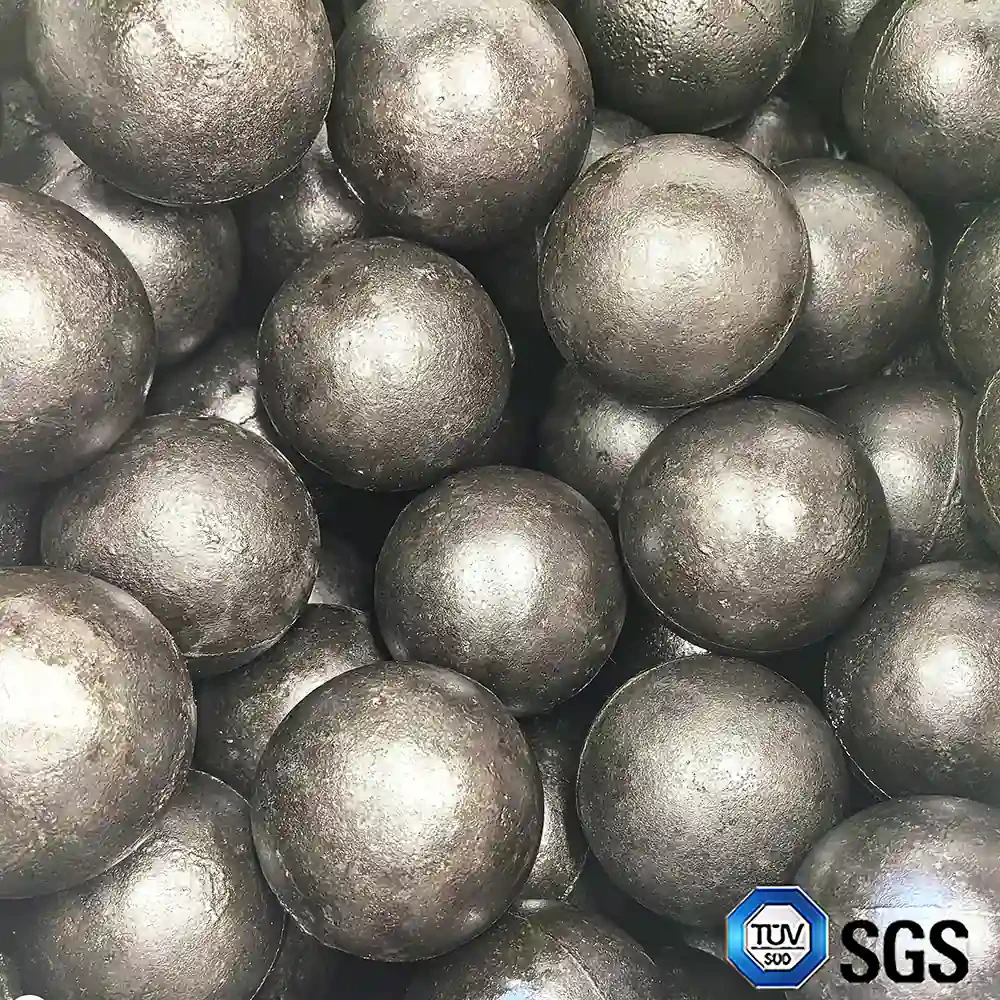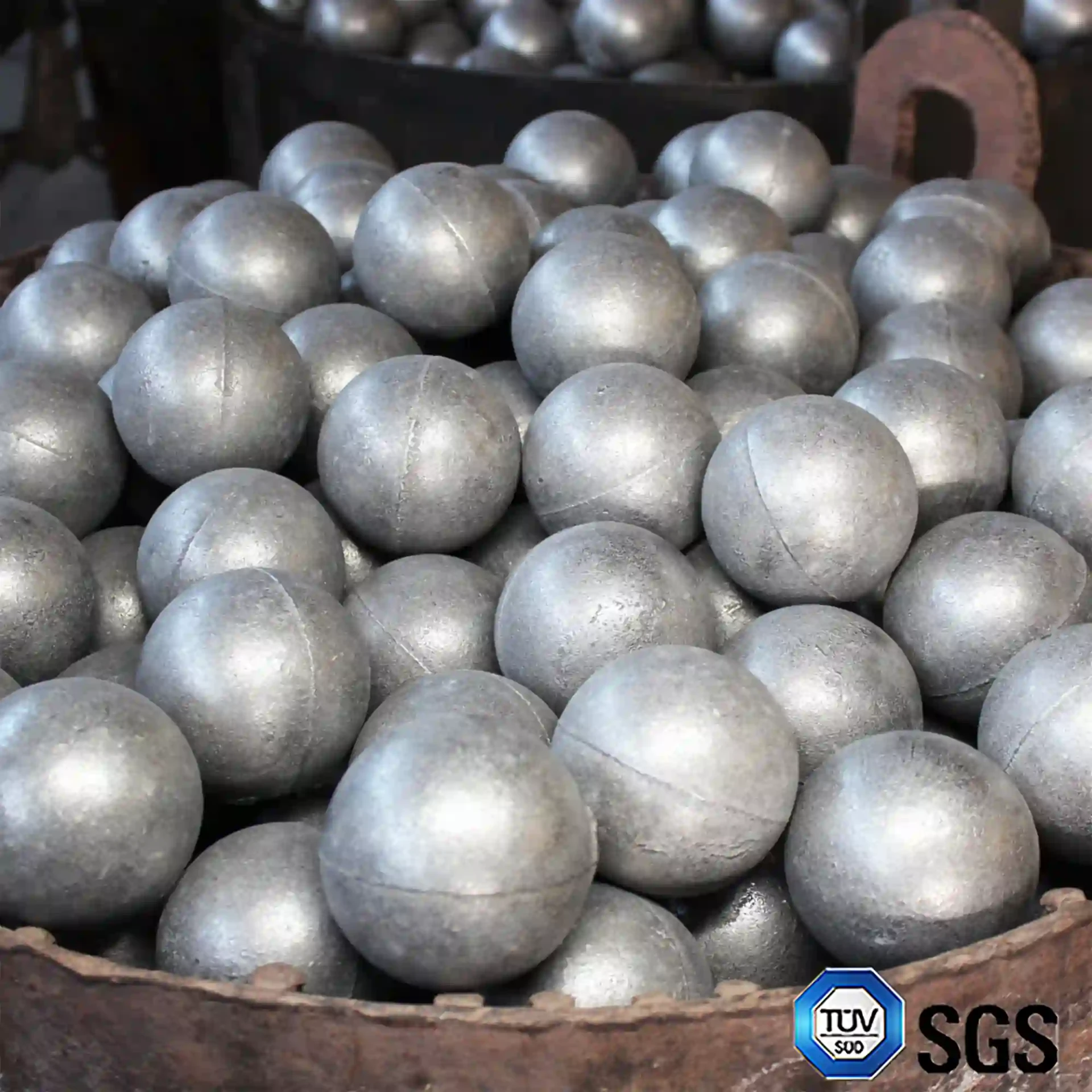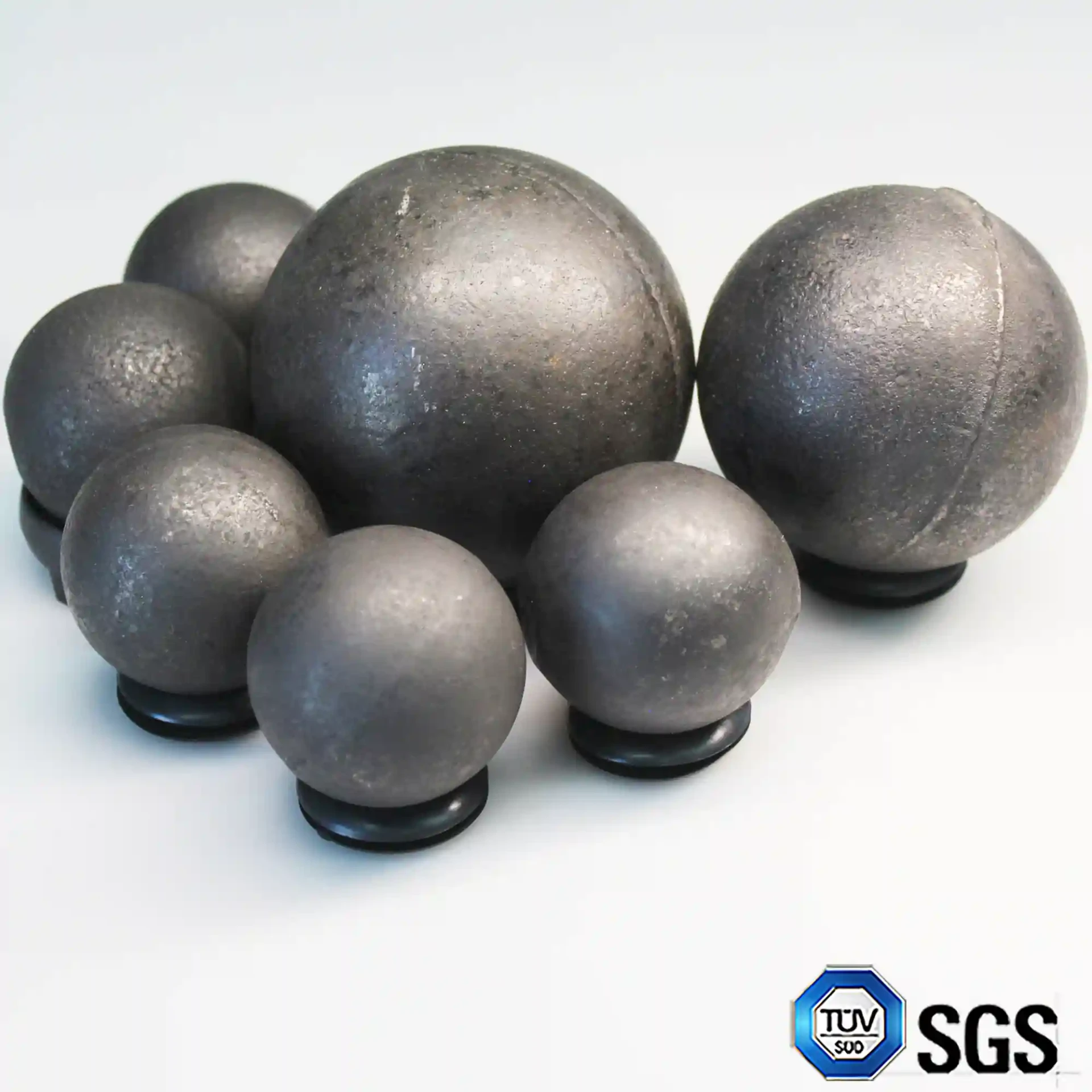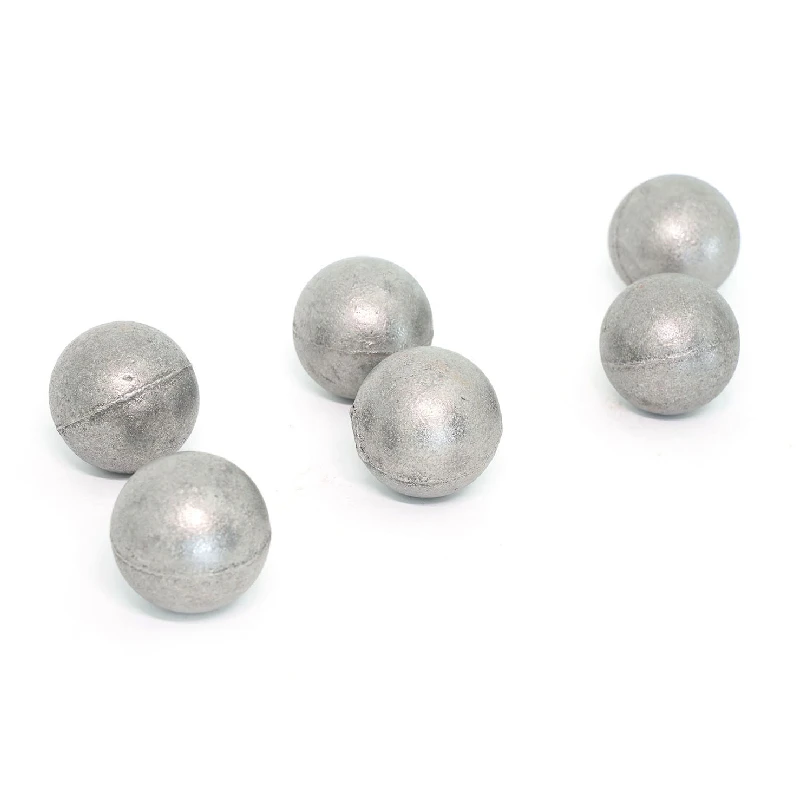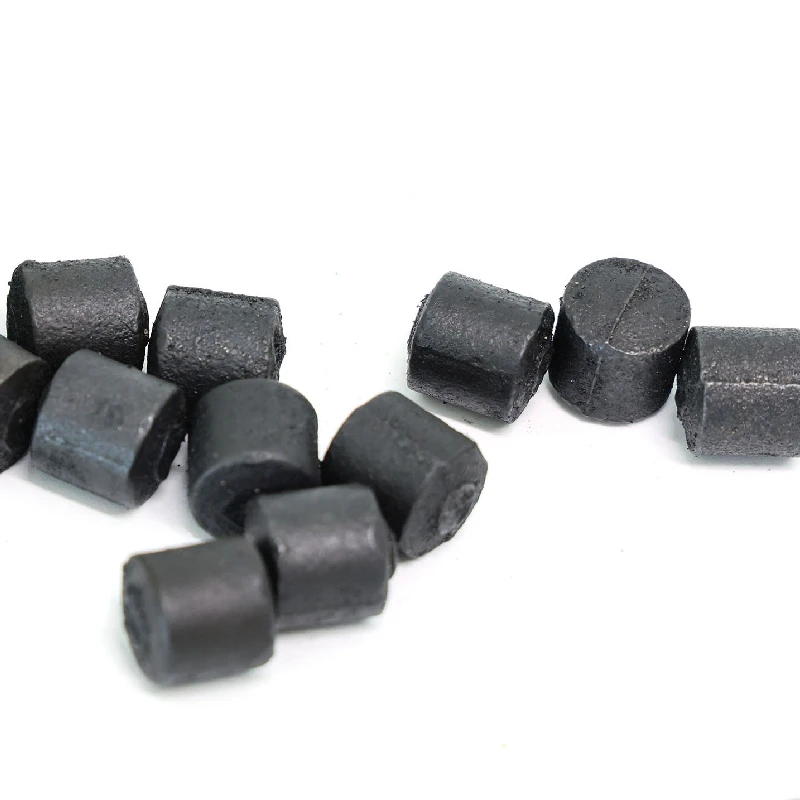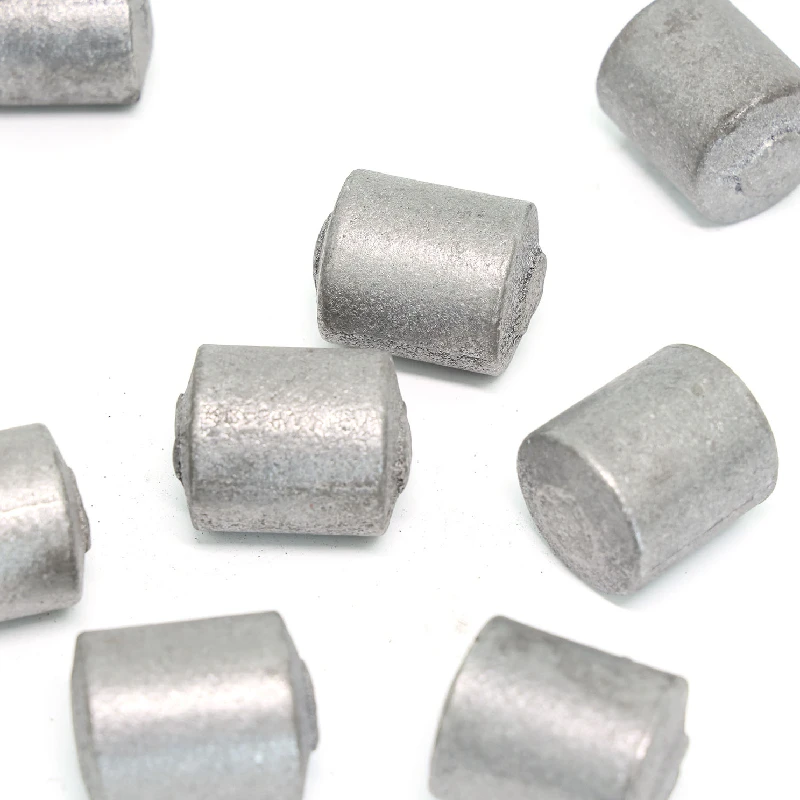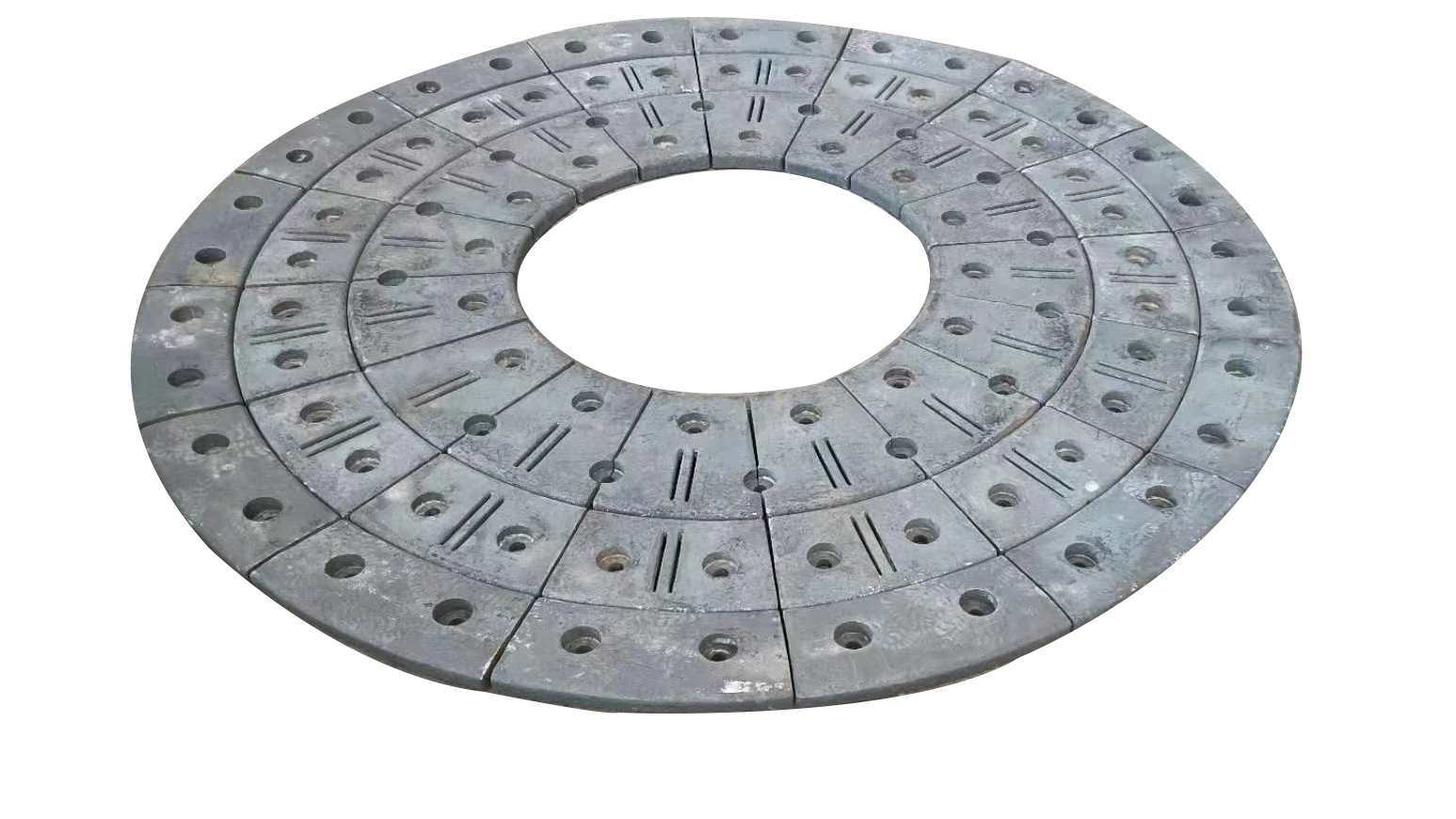Dec . 03, 2024 17:27 Back to list
mangan-molybdän-stahl
Understanding Manganese-Molybdenum Steel Composition, Properties, and Applications
Manganese-molybdenum steel, often referred to as Mn-Mo steel, is a specialized alloy steel that incorporates both manganese and molybdenum as key alloying elements. This combination lends the steel a range of desirable mechanical properties, enhancing its performance across various industrial applications. In this article, we will delve into the composition, properties, and applications of manganese-molybdenum steel, illustrating why it has become a vital material in the engineering world.
Composition of Manganese-Molybdenum Steel
The primary components of manganese-molybdenum steel include iron, manganese, and molybdenum. Manganese typically ranges from 0.5% to 1.5% and serves multiple purposes, including improving strength, toughness, and hardenability. It also acts as a deoxidizer during the steel-making process, promoting a cleaner final product.
Molybdenum, on the other hand, is present in concentrations ranging from 0.1% to 0.5%. This element enhances the steel’s hardenability and elevates high-temperature strength, making it particularly valuable in applications exposed to extreme temperatures. The combined effects of these two alloying elements make manganese-molybdenum steel a versatile choice for various demanding environments.
Mechanical Properties
One of the standout features of manganese-molybdenum steel is its exceptional mechanical properties. The presence of manganese contributes to increased toughness and ductility, allowing the material to absorb energy without fracturing. This quality is essential in applications where steel components may experience shock loads or dynamic stresses.
Molybdenum's high-temperature stability further enhances the alloy's performance. It helps retain strength at elevated temperatures, making it suitable for applications that involve heat exposure, such as in power plants and heavy machinery. Additionally, manganese-molybdenum steel exhibits improved wear resistance, which is advantageous in situations where abrasion and erosion are concerns.
mangan-molybdän-stahl
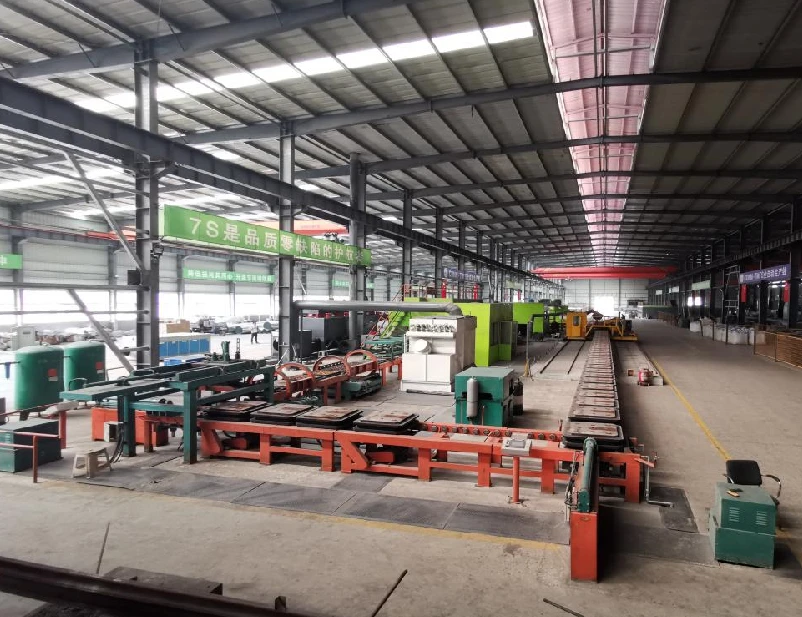
Another critical property of this steel grade is its weldability. Properly formulated manganese-molybdenum steels can be welded using standard techniques, making them easier to work with during fabrication processes. This attribute significantly enhances its utility across different industrial sectors.
Applications of Manganese-Molybdenum Steel
Due to its unique combination of properties, manganese-molybdenum steel finds application across a diverse range of fields. One of the most notable uses is in the production of high-strength structural components. It is frequently employed in the manufacture of construction equipment, railway tracks, and bridge components, where strength and durability are paramount.
In the automotive industry, manganese-molybdenum steel is often utilized in the production of drivetrains, gearsets, and suspension components, providing the necessary strength and resilience to withstand the rigors of daily operation. Similarly, it serves in manufacturing various tools and machinery known for their exceptional resistance to wear and impact.
Moreover, the oil and gas industry also recognizes the value of manganese-molybdenum steel. Components used in drilling operations, pipelines, and pressure vessels benefit from the alloy’s excellent toughness and high-temperature performance, which is crucial in harsh operational environments.
Conclusion
Manganese-molybdenum steel is a remarkable material that exemplifies the benefits of alloying in steel production. Its unique combination of manganese and molybdenum provides enhanced toughness, high-temperature stability, and improved wear resistance, making it a preferred choice for a range of applications in construction, automotive, and energy sectors. As industrial challenges continue to evolve, the demand for such advanced materials will only grow, cementing manganese-molybdenum steel's position as a vital component in modern engineering and manufacturing. Understanding its properties and applications is key for engineers and manufacturers aiming to harness its potential in innovative ways.
-
Premium Chromium Carbide Liners for Extreme Wear Resistance
NewsAug.30,2025
-
Durable Mill Liners: Optimize Ball & SAG Mill Performance
NewsAug.29,2025
-
Durable Steel Milling Balls for Efficient Grinding & Mining
NewsAug.28,2025
-
Manganese Steel Plate for Jaw Crusher Liners
NewsAug.27,2025
-
Types of Liner Plates for Industrial Equipment
NewsAug.27,2025
-
Grinding Media Size Selection Guide
NewsAug.27,2025
Realted Products

